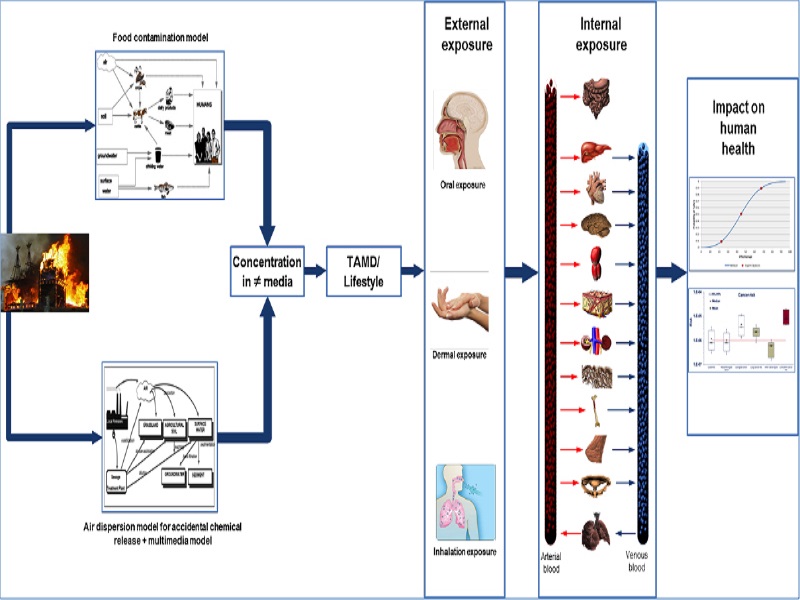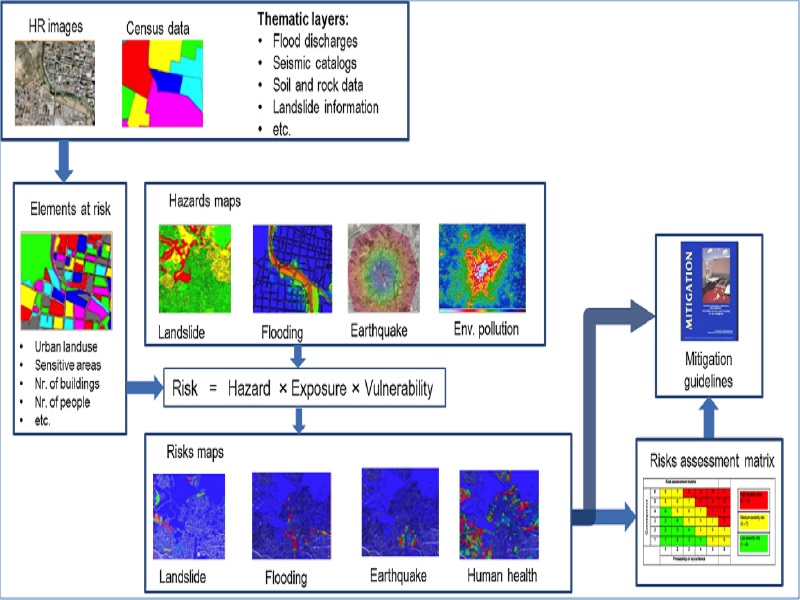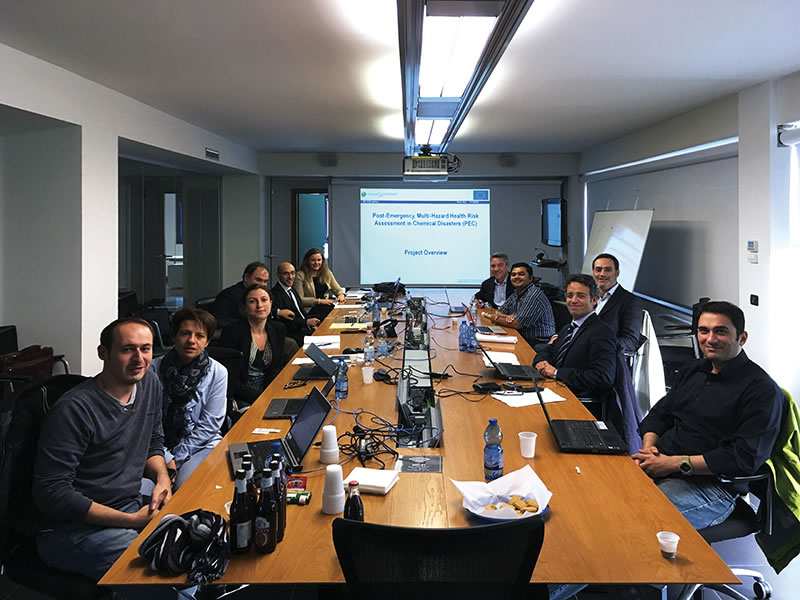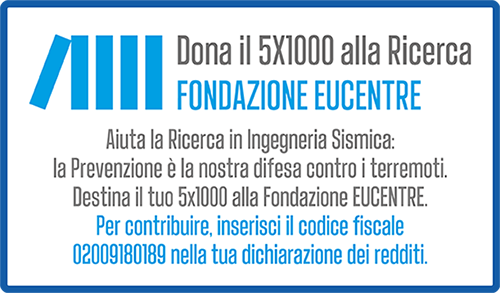
CONCLUSO NEL 2017
Al momento non è disponibile una metodologia consolidata per la valutazione del rischio di miscele chimiche e di rischi combinati naturali e tecnologici NaTech.
PEC ha come obiettivo principale lo sviluppo di strumenti di valutazione del rischio integrato associato a rilasci accidentali di sostanze chimiche industriali in seguito ad eventi naturali o antropici.
La validità di questo modello sarà valutata su un caso studio (area campione) considerando gli effetti su strutture e infrastrutture di ipotetici disastri naturali e/o provocati dall’uomo, quali terremoti, alluvioni o attacchi terroristici che portano al rilascio accidentale di grandi quantità di sostanze chimiche tossiche nell’ambiente.
Gli impatti sulla salute della popolazione e dei lavoratori a breve e a medio termine delle sostanze chimiche tossiche assorbite individualmente o in combinazione saranno determinati e quantificati in base a (i) caratteristiche (tipo e intensità) del disastro iniziale, (ii) grado di vulnerabilità di edifici e infrastrutture, (iii) quantità di sostanze chimiche immagazzinate / manipolate negli impianti industriali, grado della loro dispersione in differenti matrici ambientali e livelli di contaminazione chimica nella zona del disastro.
I recettori chiave considerati includeranno i dipendenti presenti negli impianti chimici colpiti durante l’incidente, i soccorritori di emergenza e la popolazione locale.
Verrà inoltre sviluppata una matrice di prioritizzazione del rischio basata sul livello di danno raggiungibile nelle infrastrutture e potenziali rischi per la salute pubblica allo scopo di fornire informazioni strategiche sui rischi legati a disastri chimici per una migliore e più efficace pianificazione della protezione della salute pubblica.
 Eucentre è una Fondazione di diritto privato senza scopo di lucro che persegue una missione di ricerca, formazione e erogazione di servizi nel settore dell’ingegneria sismica e, più in generale, dell’ingegneria della sicurezza
Eucentre è una Fondazione di diritto privato senza scopo di lucro che persegue una missione di ricerca, formazione e erogazione di servizi nel settore dell’ingegneria sismica e, più in generale, dell’ingegneria della sicurezza  Eucentre promuove Scienza, Ricerca e Innovazione a beneficio della collettività, offrendo metodologie mirate e soluzioni concrete per prevenzione, sicurezza e resilienza. Collabora con istituzioni e imprese, diffondendo competenze orientate al vantaggio comune.
Eucentre promuove Scienza, Ricerca e Innovazione a beneficio della collettività, offrendo metodologie mirate e soluzioni concrete per prevenzione, sicurezza e resilienza. Collabora con istituzioni e imprese, diffondendo competenze orientate al vantaggio comune. Tavole vibranti
Tavole vibranti Altri sistemi di prova
Altri sistemi di prova Eucentre conduce attività di ricerca su ingegneria sismica e riduzione del rischio, attraverso prove di laboratorio e analisi numeriche, per migliorare il comportamento sismico di strutture e terreni e sviluppare tecniche innovative di consolidamento antisismico.
Eucentre conduce attività di ricerca su ingegneria sismica e riduzione del rischio, attraverso prove di laboratorio e analisi numeriche, per migliorare il comportamento sismico di strutture e terreni e sviluppare tecniche innovative di consolidamento antisismico. La Fondazione promuove attività formative diversificate e di alta qualità, rivolte a contesti accademici e professionali, con programmi e iniziative costantemente aggiornati e innovativi per rispondere alle esigenze in continua evoluzione del settore e della società
La Fondazione promuove attività formative diversificate e di alta qualità, rivolte a contesti accademici e professionali, con programmi e iniziative costantemente aggiornati e innovativi per rispondere alle esigenze in continua evoluzione del settore e della società  Eucentre assicura una comunicazione per informare istituzioni, professionisti e cittadini sulle attività e i progetti in corso, con l’obiettivo di diffondere contenuti e conoscenze utili e accessibili a tutti. Contribuisce a promuovere una cultura della prevenzione e della resilienza, condivisa e consapevole.
Eucentre assicura una comunicazione per informare istituzioni, professionisti e cittadini sulle attività e i progetti in corso, con l’obiettivo di diffondere contenuti e conoscenze utili e accessibili a tutti. Contribuisce a promuovere una cultura della prevenzione e della resilienza, condivisa e consapevole.



